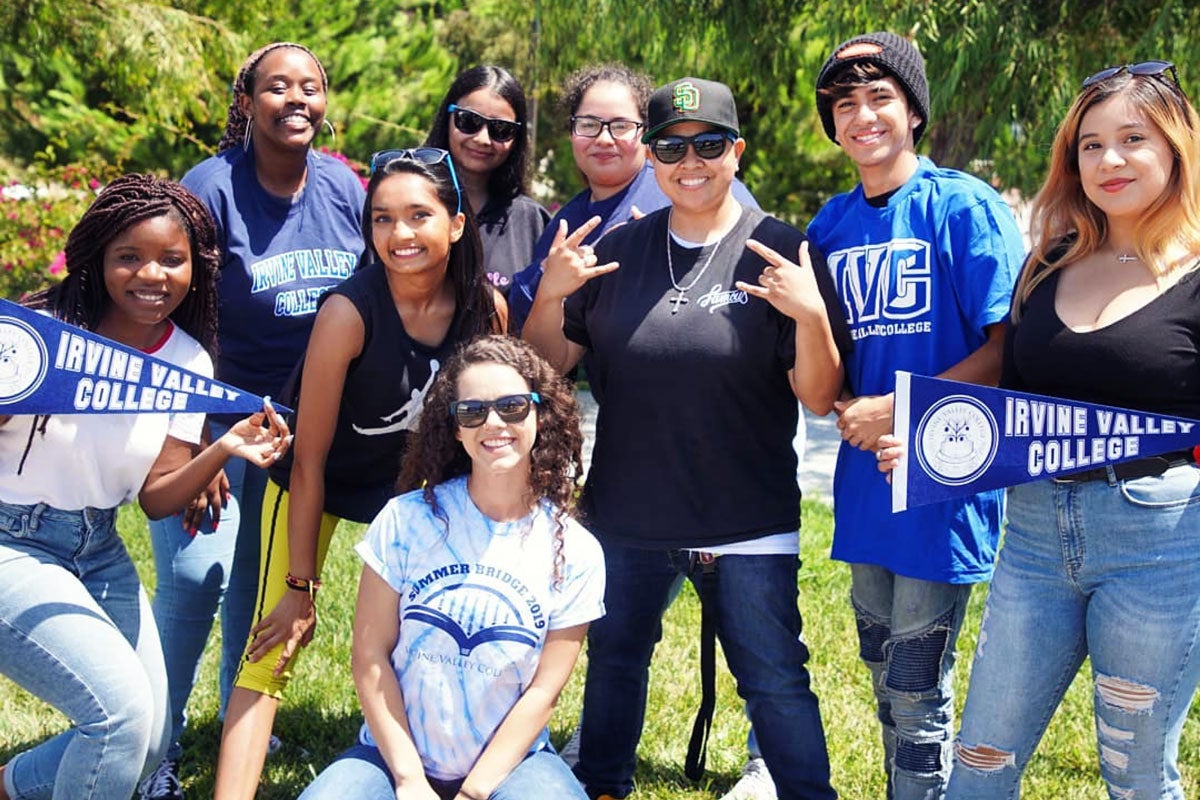Assessment methods are tools and techniques used to determine the extent to which the stated learning outcomes are achieved. A variety of methods, qualitative and quantitative, direct and indirect, should be used.
Direct versus Indirect assessment
Direct assessment methods refer to methods of collecting data that require students to demonstrate a knowledge, skill, or behavior, while indirect assessment methods refer to methods that require reflection on student learning, skills, or behaviors rather than a direct demonstration. The below examples can be used in evaluations of course, programs, and institutional learning outcomes if chosen correctly.
| Examples of direct assessment methods | Examples of indirect assessment methods |
|
|
Each assessment method can be used to obtain different amounts of information. For more help on selecting the appropriate assessment method, work with the SLO coordinator.

State desired performance criteria
No matter which assessment method you pick, a performance criteria should be included to express the specific and measurable/observable terms that are acceptable to a specific course or program. Note that grades alone do not provide adequate feedback to students’ performance because grades represent overall competency of students and do not identify strengths and weaknesses on specific learning outcomes. However, if the grading system is tied to rubrics, it can be a useful tool to identify areas for improvement that should be addressed.
Examples of performance criteria
Quizzes or exams
- 75% of all students will score a 7 or better on the 10 question quiz relating to…
- 65% of all students will score at or above the national average. No more than 20% will score lower than one standard deviation from the national average.
Surveys
- 75% of all students will score a 7 or better on the 10 question quiz relating to…
- 65% of all students will score at or above the national average. No more than 20% will score lower than one standard deviation from the national average.
- 80% of students surveyed will demonstrate an increase in appreciation for…
- 60% of students will identify student services as extremely helpful or mostly helpful






